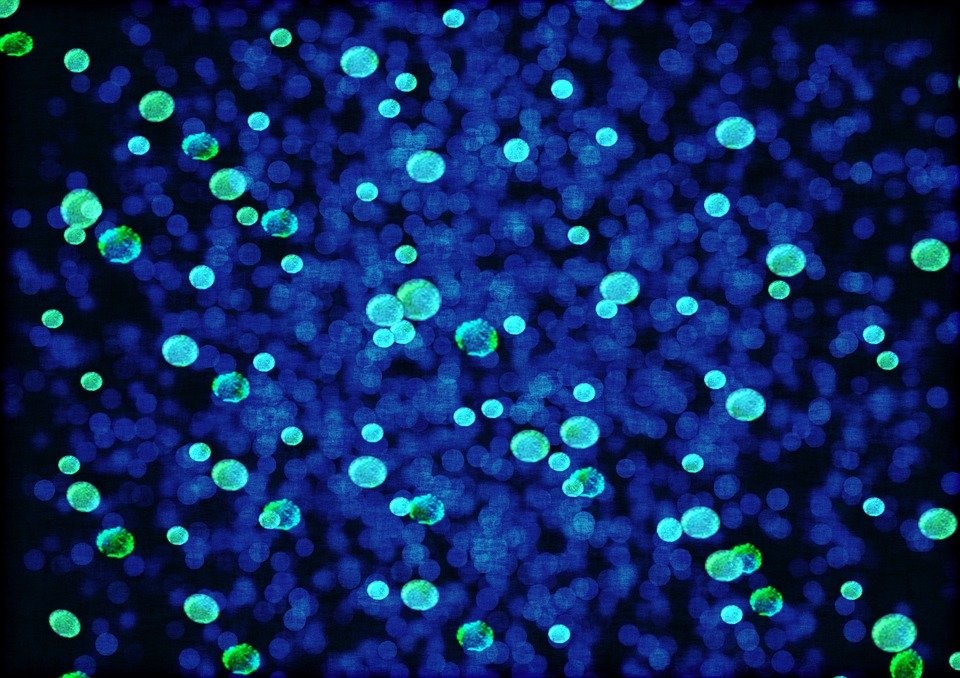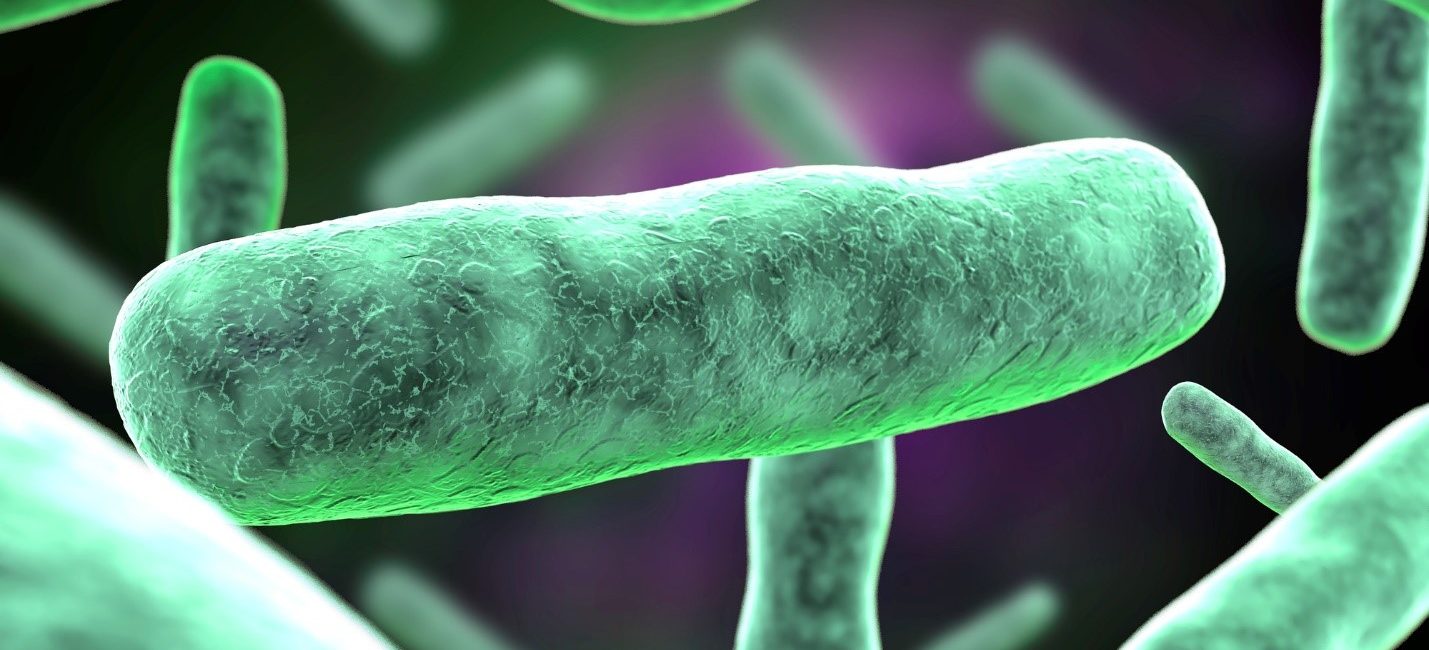DNA and genetics are the backbones of personal identity. However, there’s another chromosomal DNA called the genomic deoxyribonucleic acid that contrasts the extra-chromosomal plasmids. Many organisms are considered to have the same DNA make-up in each of their cells. However, only a few are active to allow differentiation and cell function in the body.
The genome encodes heredity or biological information passed from parents to offspring. This is transcribed to many RNAs necessary for the organism’s function.
About the Genome
There’s the four-letter language that’s used by the DNA to build the body. You’ll also have the operon, which is the functioning unit of the gDNA that shares a promoter for specific tasks. These promoters will ensure that everything is transcribed together and the necessary cells are all present in all genes.
Lac or lactose is an operon found in other enteric bacteria and E. coli. You can find more about the uses of the lac operon in the link provided and know more about how it works. Although many bacteria prefer glucose as their carbon source, the lac will allow more effective digestion of the lactose when there’s no available glucose.
In prokaryotic gene regulation, the operon was the first mechanism to be researched and understood, and this is why it’s generally common in cellular classes and biology studies.
Jacques Monod and Francois Jacob first used the metabolism of lactose. Their goal is to know more about cells and how they identify the enzymes that they should synthesize. Their work made them get the Nobel Prize in Physiology in 1965.
How they Work
Know that it’s not generally helpful to produce some enzymes when there’s no lactose, and if glucose is available, why not utilize it as a source of energy? With the help of the operon, the cells can expend their energy to produce encoded enzymes only if necessary. Without lactose, the enzyme production will instead encode the operon.
The repressor is always there unless it is bound to a co-inducer. The repressor is only transcribed if there’s a presence of co-inducer molecules. The required production of enzymes and the catabolite activator protein will shut down in the presence of glucose. Learn more about glucose on this page here.
Regulation
Since many prokaryotes don’t have any nuclear membranes, the ribosomes will generally have direct access to mRNA transcripts. This will allow them to be translated into polypeptides.
The transcription step will be a rate-limiting step in the prokaryotic gene’s expression, and it will be a major point to regulate. The operon is a classic regulation of the prokaryotic gene since this produces enzymes that help with lactose digestion.
The operon generally consists of three structural genes transcribed by the polymerase as continuous mRNA. The operator sequences located at the end will block the RNA polymerase, which is the best example of how bacteria make their metabolism into nutritional conditions.
Lactose is one of the primary sugars that are generally present in milk. It’s very abundant in humans and other mammals in the early days of their offspring. However, after the weaning period of the baby, lactose becomes non-existent, which is why many people turn to daily products to sustain their needs.
In mammals, the absence of lactose during adulthood can mean that the maintenance of the operon can be weak. The E. coli’s success is mainly due to its ability to metabolize lactose, especially if they are first starting a colony in the intestine of mammals. As one becomes an adult, the trait’s selective value becomes obscure in the ecosystem.
Key Points to Know

- The operon of E. coli has genes that are heavily involved in lactose metabolism. This is only possible when glucose is absent, and lactose is present. See the post about e. coli at this url: https://www.cdc.gov/ecoli/index.html.
- Two regulators will turn the switch on and off in response to the two sugars. There’s the catabolite activator protein and the lac repressor.
- Repressors may generally act as sensors to the lactose. It blocks the operon’s transition and stops the repressor when the lactose is present. The sensing is usually done indirectly by the allolactose isomer.
- The catabolite activator protein sensors the glucose. This is utilized by the hunger signal called the cAMP molecule.
Many might not find lactose appealing, but this is generally the main food source for bacteria like E. coli. After all, this is the sugar found in milk, and the bacteria will tend to gobble this up when glucose is unavailable in the body.
An operon is a group of genes that has a single promoter. This means that it’s only transcribed as a single mRNA. This will allow the cells to have an encoded message so the bacteria can use lactose to become their energy source. You can research more about them on many websites to get on this bandwagon in time.





